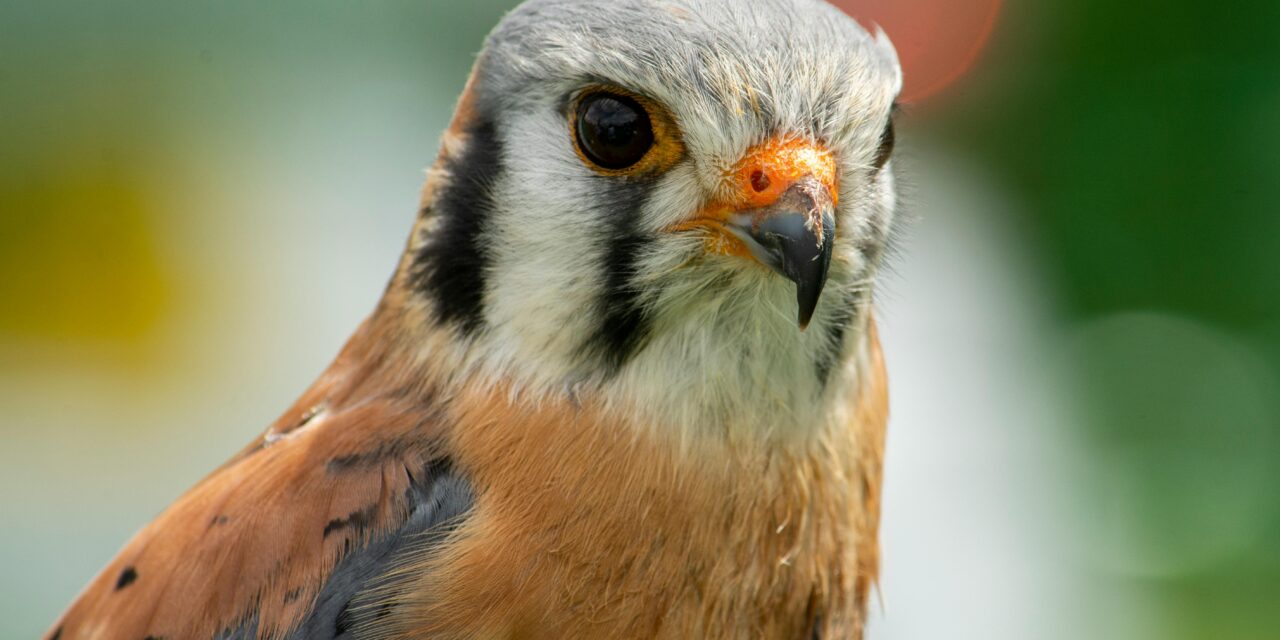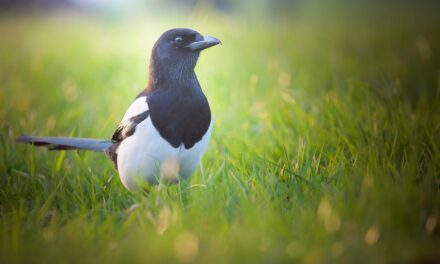Introduction to the Fascinating World of Kestrels
Kestrels, a member of the falcon family, are a captivating species of bird. They are small, yet powerful, and are known for their distinctive hunting techniques and nesting habits. Kestrels are found in a variety of habitats, from open countryside to urban areas, and are a common sight in many parts of the world. They are a fascinating species to study, offering a unique insight into the world of birds of prey.
Kestrels are easily recognisable by their pointed wings and long tail, which they use to hover in the air while hunting for prey. They have a keen sense of sight, which they use to spot their prey from a distance. Kestrels are also known for their distinctive call, a high-pitched ‘kee-kee-kee’, which can be heard from a distance.
Kestrels are a diverse species, with over 13 different types found across the world. Each type of kestrel has its own unique characteristics, from the size and colour of their plumage to their preferred habitat and diet. Despite their differences, all kestrels share a common trait – they are skilled hunters, capable of catching a variety of prey, from insects to small mammals.
Understanding Kestrel Nesting Habits: A Closer Look
Kestrels have unique nesting habits that set them apart from other birds of prey. Unlike many other species, kestrels do not build their own nests. Instead, they prefer to use existing structures, such as tree holes, cliff ledges, or even man-made structures like buildings or nest boxes.
Kestrels are solitary birds and only come together during the breeding season. The female lays between 3 to 6 eggs, which are incubated for around a month. During this time, the male kestrel will hunt and bring food to the female.
Once the chicks hatch, both parents take turns feeding them. The chicks fledge, or leave the nest, after about a month, but the parents continue to feed them for a few more weeks. After this, the young kestrels are left to fend for themselves.
The Art of Hunting: Kestrel Techniques Unveiled
Kestrels are renowned for their hunting techniques. They are often seen hovering in the air, their wings beating rapidly and their tail spread wide, as they scan the ground for prey. This distinctive hunting technique is known as ‘kiting’, and it allows the kestrel to remain stationary in the air, despite the wind.
Once a kestrel has spotted its prey, it dives towards the ground at high speed, catching the prey off guard. Kestrels have a varied diet and will eat a range of prey, from insects and small mammals to birds and reptiles.
Kestrels are also known to cache, or store, their food. They will often catch more prey than they can eat in one sitting, and will hide the leftovers in a safe place to eat later. This behaviour is particularly common in winter, when food is scarce.
Five Essential Facts about Kestrels Every Bird Lover Should Know
1. Kestrels are the most common bird of prey in Europe, and can be found in a variety of habitats, from open countryside to urban areas.
2. Kestrels have a keen sense of sight and can spot a beetle from 50 metres away.
3. Unlike many other birds of prey, kestrels do not build their own nests. Instead, they use existing structures, such as tree holes or nest boxes.
4. Kestrels are skilled hunters and use a distinctive hunting technique known as ‘kiting’ to catch their prey.
5. Kestrels play a vital role in the ecosystem, helping to control populations of pests and small mammals.
The Role of Kestrels in the Ecosystem: A Comprehensive Analysis
Kestrels play a crucial role in the ecosystem. As predators, they help to control populations of pests and small mammals, such as mice and voles. This is particularly important in agricultural areas, where these pests can cause significant damage to crops.
Kestrels also play a role in the food chain, providing a source of food for larger birds of prey and carnivorous mammals. Their nests provide homes for a variety of other species, from insects to small mammals.
However, kestrels are facing a number of threats, from habitat loss to pesticide exposure. These threats are causing declines in kestrel populations in some areas, which could have knock-on effects on the wider ecosystem.
Conclusion: The Importance of Preserving Kestrel Habitats
Preserving kestrel habitats is crucial for the survival of this fascinating species. Kestrels need a variety of habitats to thrive, from open countryside for hunting to suitable nesting sites. Protecting these habitats, and creating new ones where necessary, can help to ensure the future of kestrels.
In addition, reducing the use of pesticides can help to protect kestrels and other birds of prey. Pesticides can accumulate in the bodies of kestrels’ prey, causing harm to the kestrels when they eat them.
By understanding and appreciating the unique habits and roles of kestrels, we can all play a part in their conservation. After all, a world without kestrels would be a poorer place indeed.





